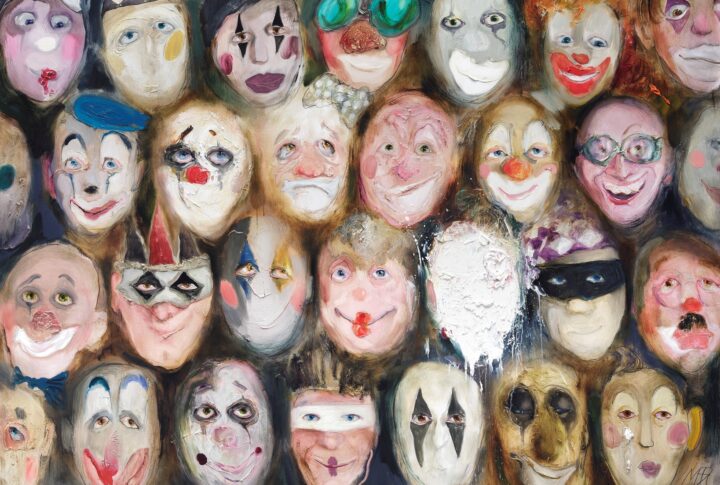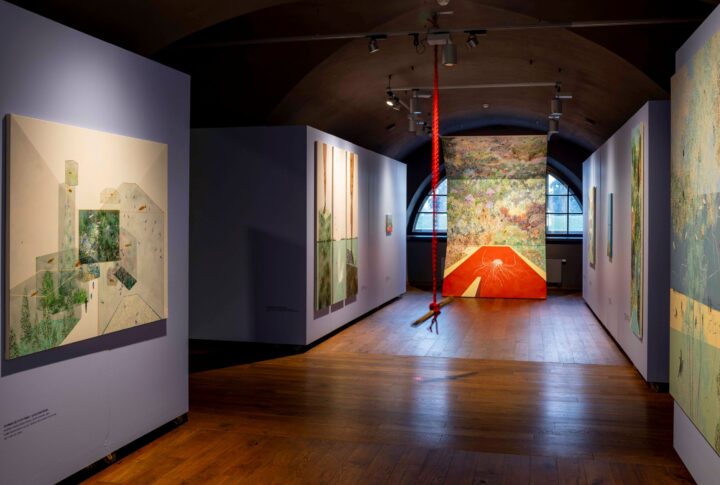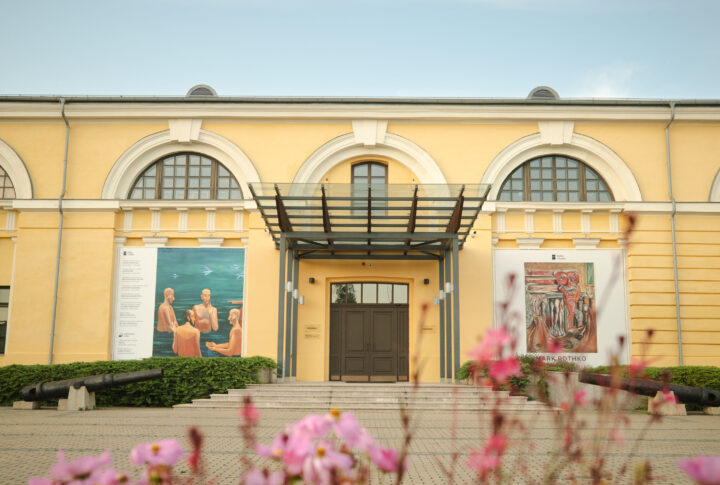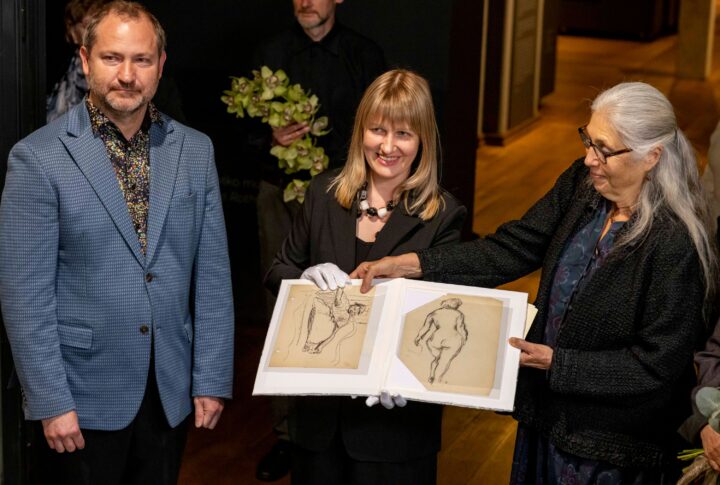LET THE FOREST BE A FOREST
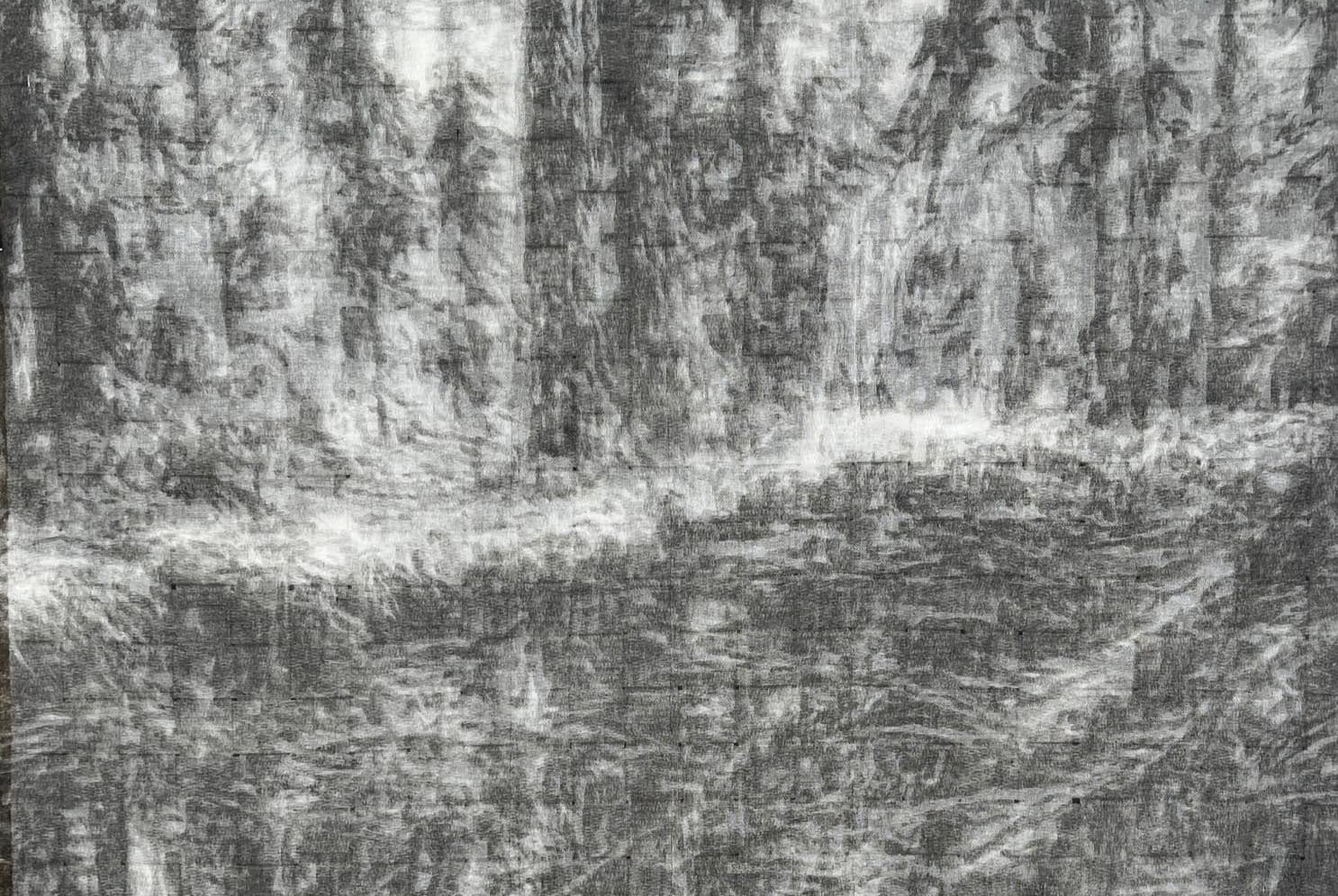
Iveta Šmita (Latvia)
In its 2022 report, the World Wildlife Fund asserts that “humanity’s consumption of natural resources surpasses the Earth’s capacity by 75 %”, effectively necessitating the equivalent of 1.75 planets to sustain current consumption patterns.
Forests are living organisms governed by fundamental principles of nature. These intricate ecosystems are habitats for a rich diversity of plant, fungal, lichen, and animal species whose very survival is contingent on trees of varying ages. The presence of mature, dying or deceased trees should not be seen as waste; they all are crucial to the ecosystem. It is within the space vacated by the fallen tree that new life is ignited, with new trees reaching towards the light in their relentless will to grow. All voids and all decay are transient, as trees and even entire arboreal species succeed one another in an endless cycle. Fallen trees, rather than being lifeless remnants, retain vitality for decades, providing refuge for a multitude of organisms. However, in Latvia’s case, this vibrant ecosystem is becoming increasingly scarce. Expanding areas of clear-cutting and selectively managed juvenile stands – landscapes shaped by resource extraction – are steadily eroding the presence of natural forests.
A true forest is not a uniform assembly of trees of the same age but a complex and varied mosaic, rich in both species and generations. Such complexity makes it inherently more resilient, self-sustaining, and enduring than artificially managed monocultures.
But how does this tie into ballet? Well, a recent national study on “Cultural Participation and Its Impact” revealed that only 14 % of the country’s population attends opera and ballet performances. Meanwhile, the proportion of Latvia’s natural forests is rapidly declining, primarily due to industrial logging. Even habitats protected under EU regulations are being compromised, with over 9,100 hectares lost in the past five years alone. The logging lobby makes its presence felt. While Latvia may theoretically boast ample forested areas, they are increasingly dominated by intensively managed monocultures, closely associated with clear-cut zones and artificially cultivated saplings. Will access to a living, diverse forest soon become the privilege of a select few, much like the appreciation of high art, such as ballet, seems to be today?
“We may pride ourselves as a (great) forest nation, yet, in reality, our forests are vanishing – even from the very places where they ought to endure.” (Māris Strazds, “Rīgas Laiks”, January 2000)
The exhibition’s fragrance was created in collaboration with Ieva Mauriņa, the founder of “Mētra”.
Iveta Šmita holds a BA from the Art Academy of Latvia, where she studied in the Textile Department. She now pursues a Master’s degree at the Academy’s Painting Department. The artist has developed an original technique of layering ink-painted silk. The end result acquires a distinctive depth and hovers on the edge of three-dimensionality.
To quote from the artist: “In my artistic language, I strive for spontaneity, although my process is carefully considered and deliberate in every step. For me, art is a way of speaking with a calm and thoughtful presence. I am a firm believer in the power of simplicity – it builds an atmosphere and fosters sensitivity, and that is far more meaningful than skilful replication of the visible reality.”
Curator of the exhibition: Aivars Baranovskis
Exhibition duration: 07.03.2025–18.05.2025
Publicity image: Iveta Šmita. Piece I from the “Forest” series. Author’s original technique: calligraphy ink on silk and linen. 70 x 50 cm (detail). 2025


